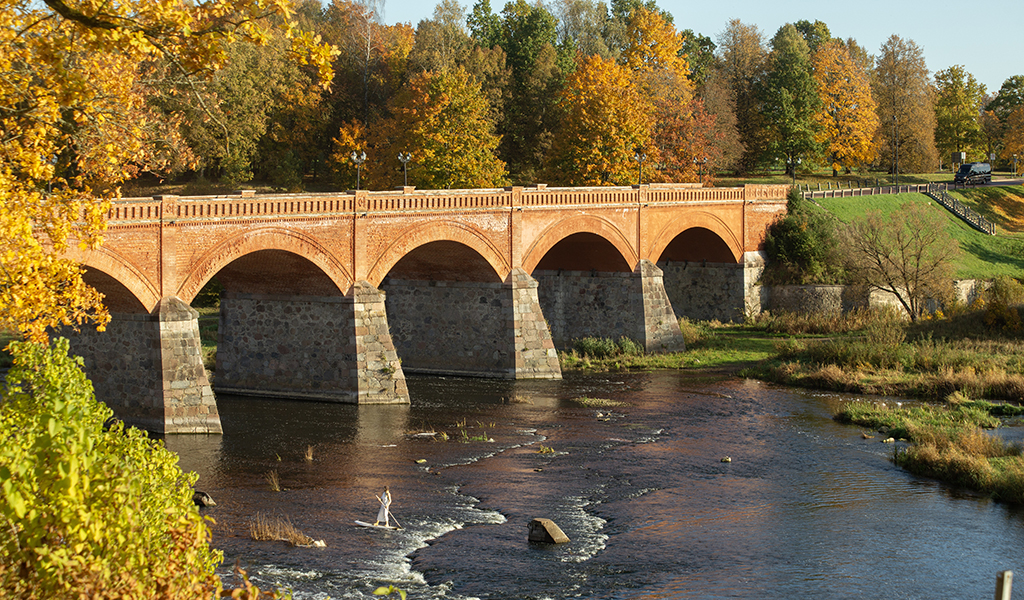South Hackensack
South Hackensack was established by New Jersey Township Act on November 15, 1935. Like other communities in Bergen County, it is a suburb of New York City. The northeastern primary neighborhood borders Hackensack’s Little Ferry and Teterboro. It was originally Lodi Township that was part of today’s Little Ferry, Lodi, Hackensack, Hasbrouck Heights and Moonachie. Like most of Bergen County’s 70 municipalities, it was created in the midst of a district crisis, when clusters of residents voted to form smaller municipalities to gain control over school funding. Hackensack River borders the town on the East side.
South Hackensack covers an area of 480 acres or 1.75 square miles and has an elevation of 13 feet. The racial makeup of the township of South Hackensack is 82.93% White, 2.18% African American, 0.22% Native American, 5.74% Asian, 0.31% Pacific Islander, 6.31% from other races, and 2.31% from two or more races. Hispanic or Latino of any race were 15.07% of the population. As of the 2000 Census, 36.3% of township residents were noted to be of Italian ancestry, which is the 11th-highest percentage of any municipality in the United States, and the fourth-highest in New Jersey.


Some of the main attractions in South Hackensack for residents and visitors include the Nicholas Roerich Museum, Fort Lee Museum at the Judge Moore House, the Riverside Museum (historical), and the Wood-Ridge Memorial Library. South Hackensack also has a number of local county parks and recreational offerings for families, such as Pulaski Park, Riverside Park, and Columbus Park. Hole in One Golf Inc and Closter Golf Center is also located in town. Popular restaurants in South Hackensack include Little Ferry Market & Deli, Home Town Deli, Players Sports & Entertainment, Pleasure Lounge Inc, or Twin Plus Lounge Inc.
South Hackensack is most notable for being home to “School of Rock East,” a musical school and popular venue that features shows from pop and indie rock bands regularly.





